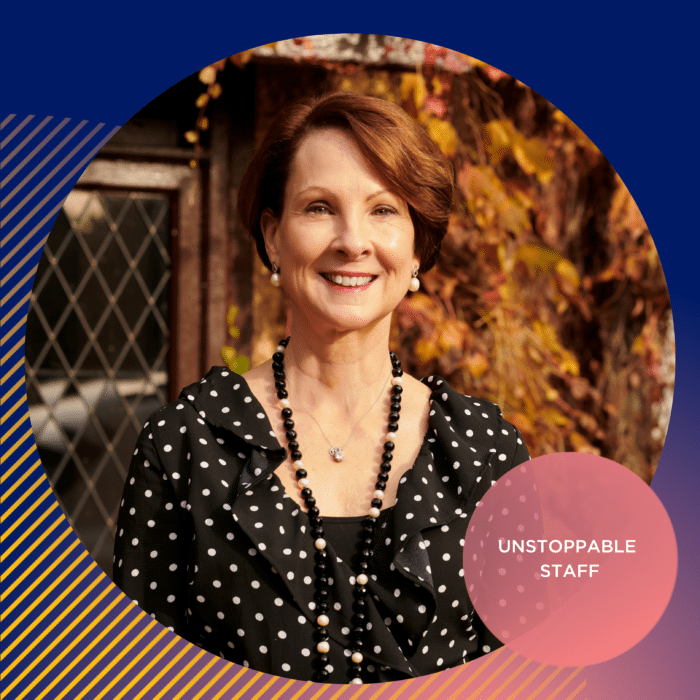Working while sick: Our post-pandemic dilemma; Marise McConaghy, Principal Published 8 October 2022 in The Age and Sydney Morning Herald, Brisbane Times, and WA Today.
Already this year, schools have battled waves of COVID alongside influenza and other viruses. Our teachers and staff are affected, and students are at times back at home recovering. Recently a student, stuck at home with COVID, emailed in to ask a valid question around how we should be managing illness. She asked: how sick is too sick?
In this instance, the student was trying to decide if she was too sick to be online to study, or if she should log on and complete her assignments despite feeling unwell. She wrote, “I personally don’t know where the boundary lies between being well enough to do online learning, versus being too sick to log on”.
This is a modern dilemma not only facing students, but also the many employees who are now working both in person and remotely. Collectively we have shown we can work and learn responsibly and productively from home, and because of this, it’s easy to default to remote online formats when you are too unwell (or symptomatic) to learn or work in person.
It used to be that if you were sick, you stayed home and didn’t work or study. Now, being sick might mean you take a day or longer at home, but you keep working because you continue to have access to colleagues, teachers, and the necessary information required to get the job done.
The worry is that some students, educators and employees are reluctant to take a sick day and are instead trying to push through illness and deliver results without considering the rest required to combat ill health and burnout. ‘How sick is too sick’ can now only be answered by deep personal reflection and self-understanding. It can only be answered with an understanding of the importance of sufficient recovery and insight into personal wellbeing.
As we prepare our students to enter the workforce, we must now also prepare them to be able to distinguish when they need to persevere despite an illness and when they need to take a break and focus on both their physical health and mental wellbeing. Instead of ‘how sick is too sick’ perhaps we need to be encouraging our students to ask, ‘am I well enough in body and mind right now’?
This is a fine balance and one that we’re learning to manage in real time. At Strathcona this means we continue to search for the right combination of online and in-person learning to enable those who are absent due to sickness to maintain their studies. We continue to offer education to VCE students online, supporting those who are recovering at home by providing access to lessons, materials, and the support they require should they feel able to study. We promote the importance of taking the time necessary to recover after an illness.
And we remain committed to helping our students better understand the simple, yet effective ways they can manage their physical and mental wellbeing.
But even this system has blurred boundaries and requires students to be intuitive enough to know when to hunker down and get to work, and when to step back and recover well. To combat the boredom of being at home, or to stay on top of their work, some students may choose to study despite being sick. This is a personal choice, but one that must be guided by self-reflection.
Being able to access classes remotely has softened student anxieties about missing lessons that might be particularly challenging and, in some cases, has enabled teachers to reduce the amount of time they spend helping students catch up after a period of absence. But teachers must also pace themselves and make sustainable decisions to protect their own health and wellbeing.
What is clear is that the widely held ‘work hard at all costs mentality’ needs to shift to enable those who are unwell to feel they can take the rest and the time out they need, despite having access to work and study at their fingertips.
Students care about their learning and teachers care about their students, so there will always be a temptation to work harder but teaching students to recognise when they need to take a break – be it short or long – is a skill they will need in this new era of hybrid work. After all, protecting our health and fostering our wellbeing is what will enable us to work smarter, better, and more efficiently.
Marise McConaghy, Principal


